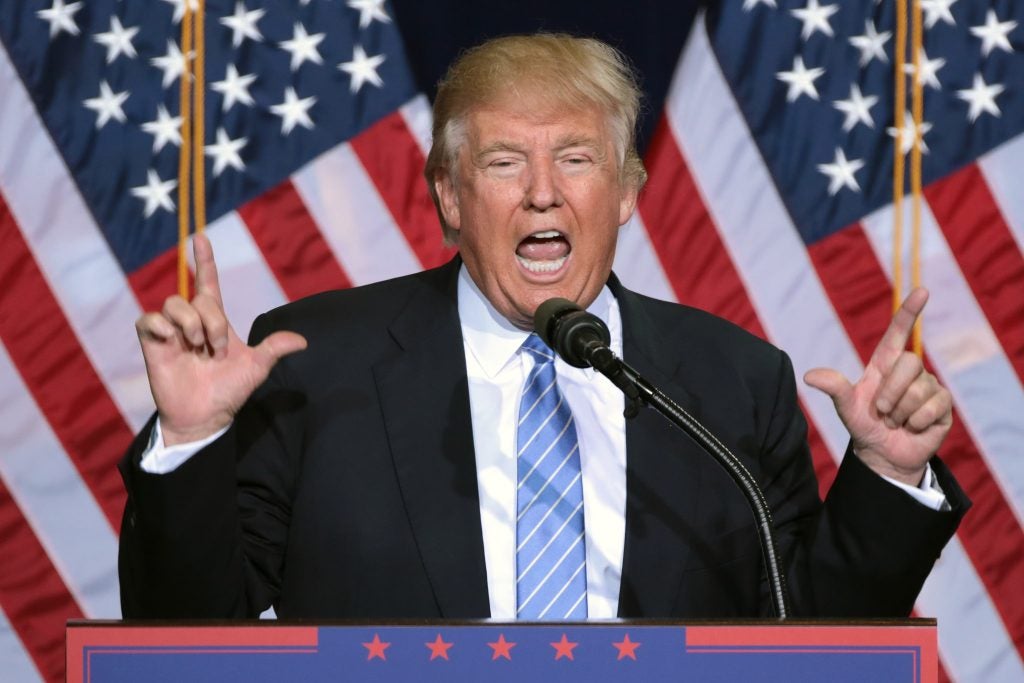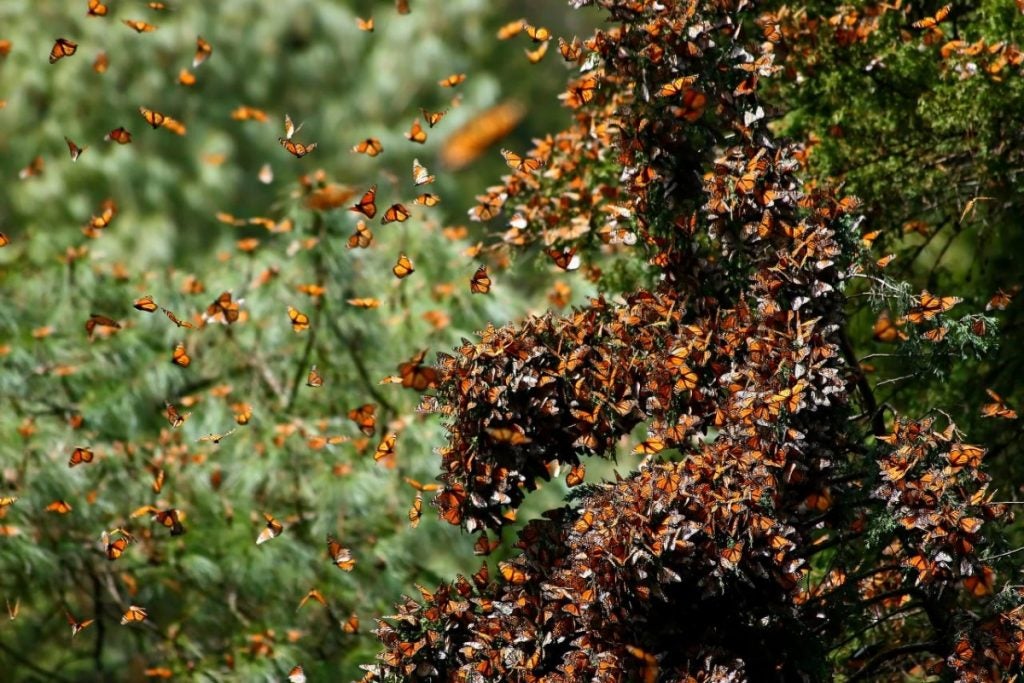The Trump administration has made several attempts to remove science-based decision-making at multiple federal agencies, including those responsible for keeping the American public and our nation’s vital ecosystems healthy.

Photo credit: Gage Skidmore
The latest proposal to insert economic considerations into Endangered Species Act (ESA) decisions is not only illegal – prohibited by the act itself – it’s also a misplaced attempt at incorporating economics where they simply do not belong.
It’s the latest in this administration’s politicization of science and, if successful, will ultimately interfere with efforts to craft durable, realistic solutions to public and ecosystem health.
Costs do not determine diagnoses. Science does.
The U.S. Fish and Wildlife Service (USFWS) and National Marine Fisheries Service have proposed to remove regulatory language that echoes the ESA’s statutory prohibition of economic considerations during listing decisions. The agencies say they need this change because they intend to consider costs and benefits for some listing decisions.
Considering costs or other economic impacts when deciding whether or not a species should be listed as “threatened” or “endangered” would be like considering the costs of treatment when making a medical diagnosis. The diagnosis can only be made by a doctor, based on the health of the patient. The cost of treatment in no way determines the science-based diagnosis. The same must hold true for diagnosing the health of at-risk wildlife.

The monarch butterfly faces a June 2019 deadline for listing under the Endangered Species Act. The USFWS must make this decision based on the best available science on the monarch population, which has declined by 90 percent in the last two decades.
Of course, costs of treatment are relevant. Economic considerations do come into play when doctors and their patients consider treatment options, and Congress wisely allowed the USFWS to consider economics when designating critical habitat and developing species recovery plans.
A bad play from the EPA playbook
Wildlife management agencies aren’t the only federal agencies that have recently proposed inserting economics where they don’t belong.
The Trump administration is proposing dangerous regulatory changes to clean air and wildlife protections that would undermine science-based policy decisions. Share on XThe EPA is now attempting to insert economic considerations into the national ambient air quality standards by asking the agency’s independent science advisory board to consider a set of questions aimed at soliciting information on the costs of regulating, even though the Clean Air Act (CAA) specifies that these air quality standards must be solely health-based.
Just like the ESA, the CAA allows agencies to consider and publish information regarding costs and benefits of potential solutions and regulatory responses, but not rely on this information to determine the level at which the standard should be set.

Photo credit: Billy Wilson
With this repeated and foolish disregard for science, the Trump administration has simply gone too far in its short-sighted partisan effort to cater to a few special interests. It’s a true disservice to the American people who will face poor air quality, and to our nation’s wildlife that will face greater risk of extinction.
Here is where economics should be considered
EDF has long supported the application of economic analysis and market-based solutions to environmental problems, so we know that evaluation of economic impacts is important, when done right.
For example, EDF has participated in the design and promotion of a carbon tax and methane waste rule for climate stability, catch shares for sustainable fisheries, habitat exchanges for protecting wildlife habitat…the list goes on. These innovative programs have incorporated economics to reduce waste, save businesses money, improve fishermen’s, farmers’ and ranchers’ livelihoods, provide new revenue streams, and ultimately contribute to a more sustainable economic and environmental future.
With this track record, we know that economics are particularly useful for:
- Internalizing externalities.
- Highlighting the cost effectiveness of early intervention.
- Contextualizing the ramifications of letting the problem go unaddressed.
- Designing cost-effective solutions, creating new market opportunities and establishing innovative incentive programs.
- Allowing more equitable distribution of burdens and benefits – both economic and environmental.
Clearly, economics can play a starring role when it comes to creating policy solutions for public health and wildlife, but not in assessing the problem.
Take it from us, the vociferous champions of economic analysis and market-based solutions: inserting economics into science-based determinations of environmental risks is not appropriate and will ultimately hinder agencies’ abilities to effectively address some of the most pressing problems of our time.









